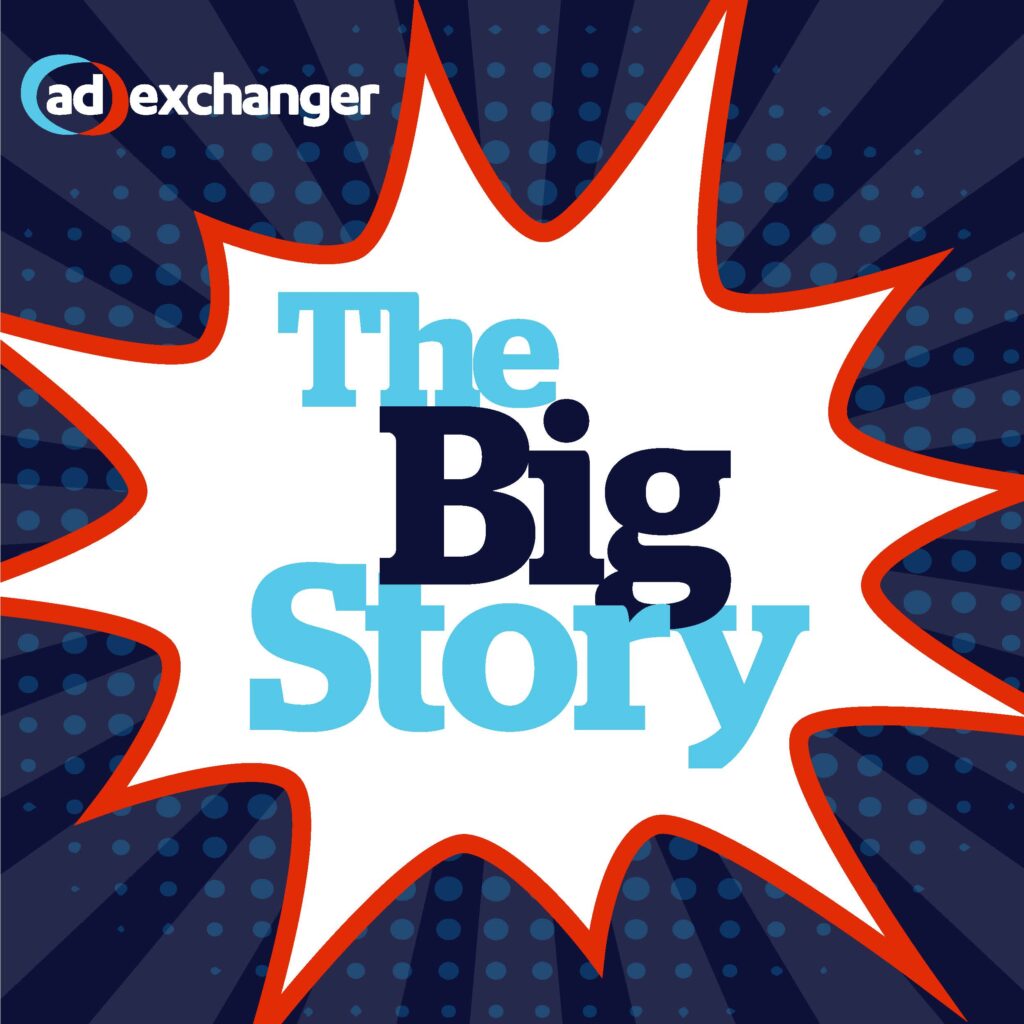More than half of e-mail sent worldwide is authenticated, according to the most recent findings from the Authentication and Online Trust Alliance, which is expected to be released Thursday.
Other top-level findings of AOTA’s newest study include that 51% of Fortune 500 business-to-consumer marketers have authenticated their e-mail servers, 52% of Fortune 500 business-to-consumer financial services brands have done so and 54% of the top 300 retail brands have authenticated, according to AOTA.
“We’ve reached and passed the tipping point of adoption,” said Craig Spiezle, chairman and founder of the nonprofit group. He called the retail figure “great news, considering that just two and a half years ago, we were at 10%.”
Of course, this still means close to half of the businesses in each of the sectors AOTA is highlighting have not authenticated their e-mail servers. Both the Direct Marketing Association and the E-mail Sender and Provider Coalition require authentication using at least one of the standards as a condition of membership.
E-mail authentication is designed to let e-mail inbox providers determine if incoming mail truly has been sent by the company it claims to be. Among other things, the various authentication schemes are an attempt to fight phishing, where thieves send e-mail purporting to be from a company the recipient does business with in order to get the recipient to hand over account passwords.
Large, well-known brands, such as international banks, were the first to authenticate because they were the first targets of phishing attempts. However, online thieves have been turning to smaller and smaller targets over the last year or so, making it more important for smaller brands to authenticate their servers.



